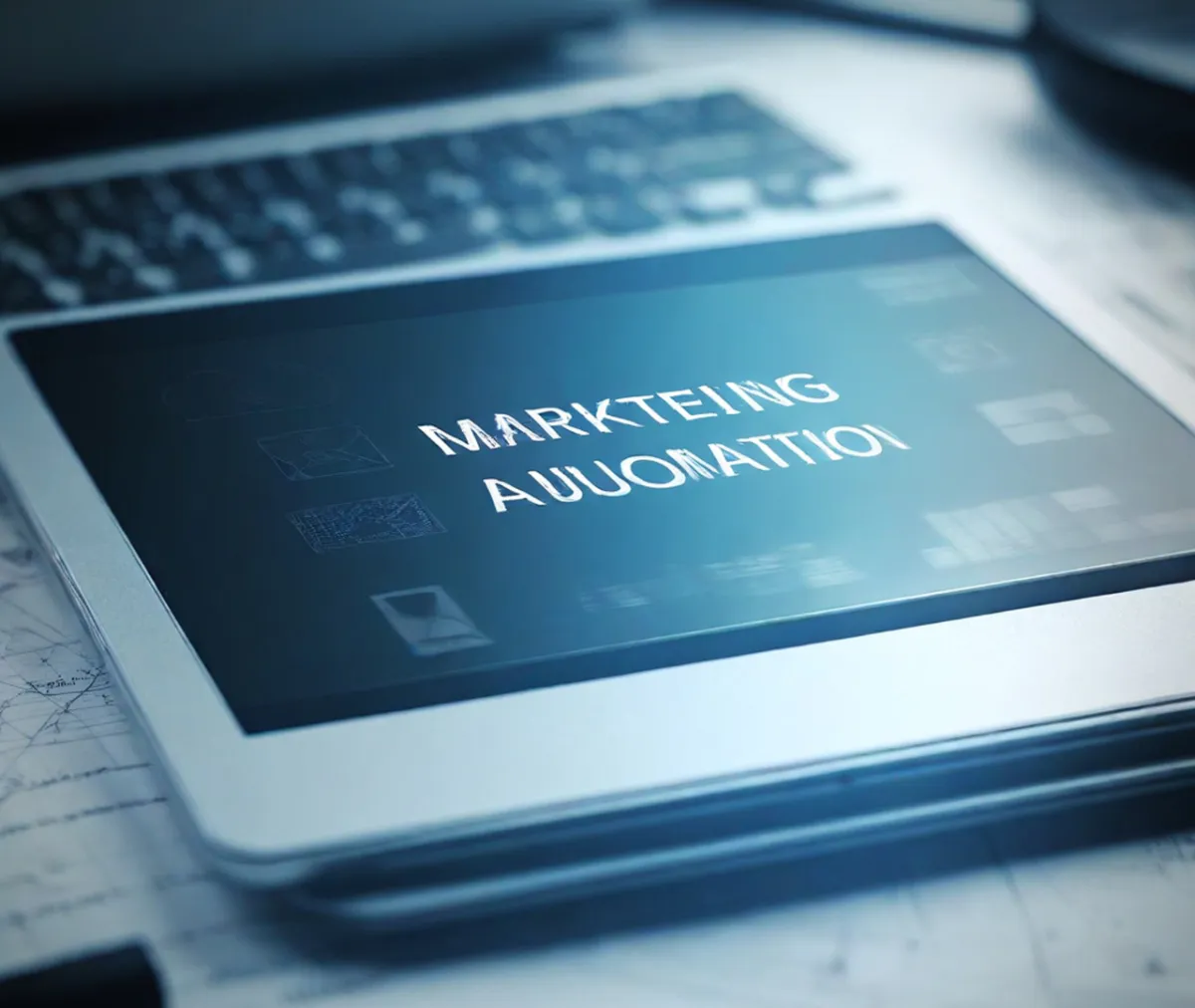
The Evolution of Marketing Automation: Enhancing Online Marketing and Social Media Strategies
Marketing automation has evolved into one of the most powerful tools for businesses looking to streamline their marketing efforts and engage customers more effectively. From the early days of email blasts to the sophisticated AI-driven solutions available today, marketing automation is revolutionizing the way companies communicate with their audiences and manage their marketing strategies. This article explores the evolution of marketing automation, its role in enhancing online marketing, and how it integrates with social media strategies.
What is Marketing Automation?
Marketing automation refers to the use of software and technology to automate repetitive marketing tasks. These can include email marketing, social media posting, customer segmentation, lead scoring, and more. By automating these tasks, businesses can save time, reduce human error, and ensure a more personalized, timely experience for their customers.
The Early Days: Email and Basic Automation
In the early stages of marketing automation, businesses primarily focused on automating email campaigns. Email became the primary tool for reaching potential customers, and marketers began creating targeted email lists and sending personalized messages. However, the focus was still fairly basic—automating the scheduling of emails and offering limited segmentation based on factors like location or age.
While email campaigns were effective, they didn’t necessarily provide the level of personalization or sophistication that would engage customers on a deeper level. The key challenge was to craft messages that resonated with recipients while balancing automation with the human touch.
The Rise of Multi-Channel Automation
As the digital landscape evolved, marketers recognized the need for a more integrated approach. Social media platforms began to take center stage, and businesses quickly realized that they needed to automate their social media strategies in tandem with email marketing. Platforms like Facebook, Twitter, and LinkedIn became essential tools for businesses to connect with their audience, promote content, and drive engagement.
Multi-channel automation emerged, allowing businesses to create coordinated campaigns across various touchpoints. This meant marketers could send emails, post on social media, and manage content marketing efforts—all from one platform. Tools like Hootsuite, Buffer, and Mailchimp allowed businesses to schedule posts, track interactions, and measure engagement across multiple channels.
Advanced Personalization and AI Integration
The next phase of marketing automation saw the integration of artificial intelligence (AI) and machine learning. This era was defined by a greater focus on personalized, data-driven marketing. With AI, businesses were able to analyze consumer behaviors, predict trends, and segment audiences more precisely than ever before.
For example, a marketing automation platform powered by AI could recommend products to customers based on their browsing history or send personalized email content based on their past interactions. AI made it possible to create highly tailored marketing messages, ensuring that businesses could provide the right content at the right time, increasing the likelihood of conversion.
Incorporating data from social media platforms allowed businesses to further refine their customer segments. Marketers could now analyze customer sentiment, track trends, and even conduct real-time sentiment analysis, providing actionable insights that could influence future marketing strategies.
The Role of Automation in Social Media Marketing
Social media marketing has become increasingly important in today’s digital-first world. With billions of users across platforms like Instagram, Facebook, Twitter, and LinkedIn, businesses need to ensure they are meeting their audiences where they are. Marketing automation tools enable businesses to manage social media presence more effectively, automating routine tasks such as scheduling posts, responding to comments, and analyzing engagement metrics.
Content Scheduling: Automation allows businesses to schedule posts at optimal times to reach the widest possible audience. Tools like Buffer or Sprout Social can automatically post content across multiple platforms without the need for manual intervention.
Social Listening: Modern marketing automation tools also offer social listening capabilities, enabling brands to monitor conversations and trends in real-time. This allows businesses to stay on top of customer feedback, respond to complaints or queries promptly, and even identify potential brand advocates.
Engagement Tracking: Marketing automation platforms can track engagement metrics such as likes, shares, comments, and click-through rates, providing valuable insights into what type of content resonates with the audience. This data helps refine future social media strategies for maximum impact.
The Future of Marketing Automation
Looking ahead, the future of marketing automation is intertwined with advancements in AI, augmented reality (AR), and predictive analytics. These technologies will continue to push the boundaries of how businesses interact with their customers, enabling them to offer even more personalized and immersive experiences. Additionally, marketing automation will become even more integrated with sales and customer service functions, ensuring a seamless customer journey from prospect to loyal advocate.
Conclusion
Marketing automation has come a long way from its early days of basic email campaigns. It has evolved into a sophisticated tool that enhances online marketing and social media strategies by enabling businesses to engage their audiences more effectively and efficiently. As the technology continues to evolve, marketing automation will remain a cornerstone of digital marketing strategies, helping businesses drive growth and maintain a competitive edge.
- This is a monthly subscription service.
- A monthly subscription is required for each Google Business Profile location.
- Privacy Policy
- Terms of Service
- Disclaimer
- Cookie Policy
- Accessibility Statement
